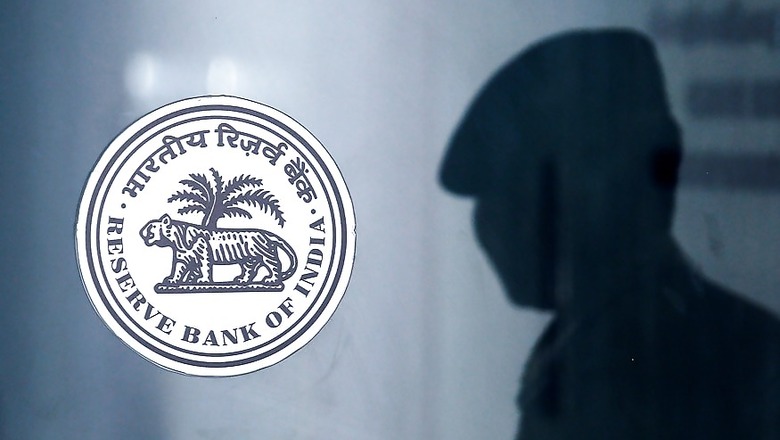
views
Even after the Reserve Bank has slashed the key interest rates by 135 basis points (bps) since February this year, the real lending rates have only gone up by 44 bps in spite of nominal lending rates falling by 105 bps during the same period, says a report.
According to the house economists at BofA Securities India, this high lending rate is the main reason for the steeply falling credit flows, which conversely also point to a deeper GDP contraction, accentuated by the pandemic.
The brokerage had last month penciled in 5 to 7.5 per cent contraction in GDP this fiscal, saying each month of lockdown has shaved off 100 bps of the economy.
According to them, "loan flow is a whopping 106 per cent lower than last year, since the first lockdown was lifted in Mid-May" and both low credit demand and high real lending rates are constraining the recovery.
A saving grace is that rising M3 (money supply) growth creates room for lending rate cuts to the tune of 100 bps more before March, they say.
"High real lending rates, adjusted for core WPI as a proxy for pricing power, still constrains recovery beyond the pandemic shock. While nominal MCLR has come off by 105 bps since March 2019 on RBI easing, the real MCLR has jumped by 44 bps, with core WPI inflation dropping to 0.8 per cent in June from 2.3 per cent in March 2019.
"Similarly, since march 2019, the weighted average lending rate (WALR) has eased 37 bps in nominal terms in May, the real WALR has shot up 147 bps," they say and point out that this is one of the reasons for the steep fall in credit offtake.
On the deep growth contraction due to the pandemic, they note that credit flows between July and mid-March is 36 per cent lower than last year; and between end-March to YTD the contraction is 52.2 per cent from 2019.
From end-April, credit contracted by Rs 50,800 crore in contrast to the offtake of Rs 44,600 crore last year; and from end-May it contracted by Rs 2,500 crore in contrast to an offtake of Rs 42,300 crore last year.
Apart from rate cuts, the RBI could announce a USD 105 billion OMO (open market operation) calendar on one hand to help banks lower their lending rates and the finance ministry on the other hand could announce recapitalisation of state-run banks either through recap bonds or through doing a revaluation of the RBI reserves.
"The latest RBI data shows bank loan growth has slowed to 5.9 per cent on July 17 from 7 per cent in February and 12.2 per cent last year. The numbers are starker if looked at credit flows between mid-July and mid-March (covering the lockdown), end-March, end-April (post-lockdown 1.0) and end-May (post unlock 1.0).
In each case, credit flow contraction is higher than 2019. Besides, the pandemic shocker, high real lending rates continue to remain a major worry.
"The only good news is that rising money supply or M3 growth which rose to 12.4 per cent as against our 9.1 per cent estimate, creating the space for higher credit offtake. On balance, we cut FY21 loan growth to 8.5 per cent from 10.8 per cent earlier, assuming 6 per cent GDP contraction," says the report.
The credit growth forecast is on the assumption that current restrictions end in mid-September and the restart takes December, and includes bank loans to SMEs under the Rs 1,20,000-crore credit guarantee scheme of which Rs 62,000 crore is already disbursed.
Forecasting another 100 bps repo reduction before March, they pencil in repo rate-linked lending rates to fall by 50 bps. They also believe the RBI could conduct OMOs worth USD 105 billion to fund the overall fiscal deficit of 11.2 per cent to contain the yields and issue an OMO calendar which is one way to comfort the market.
















Comments
0 comment